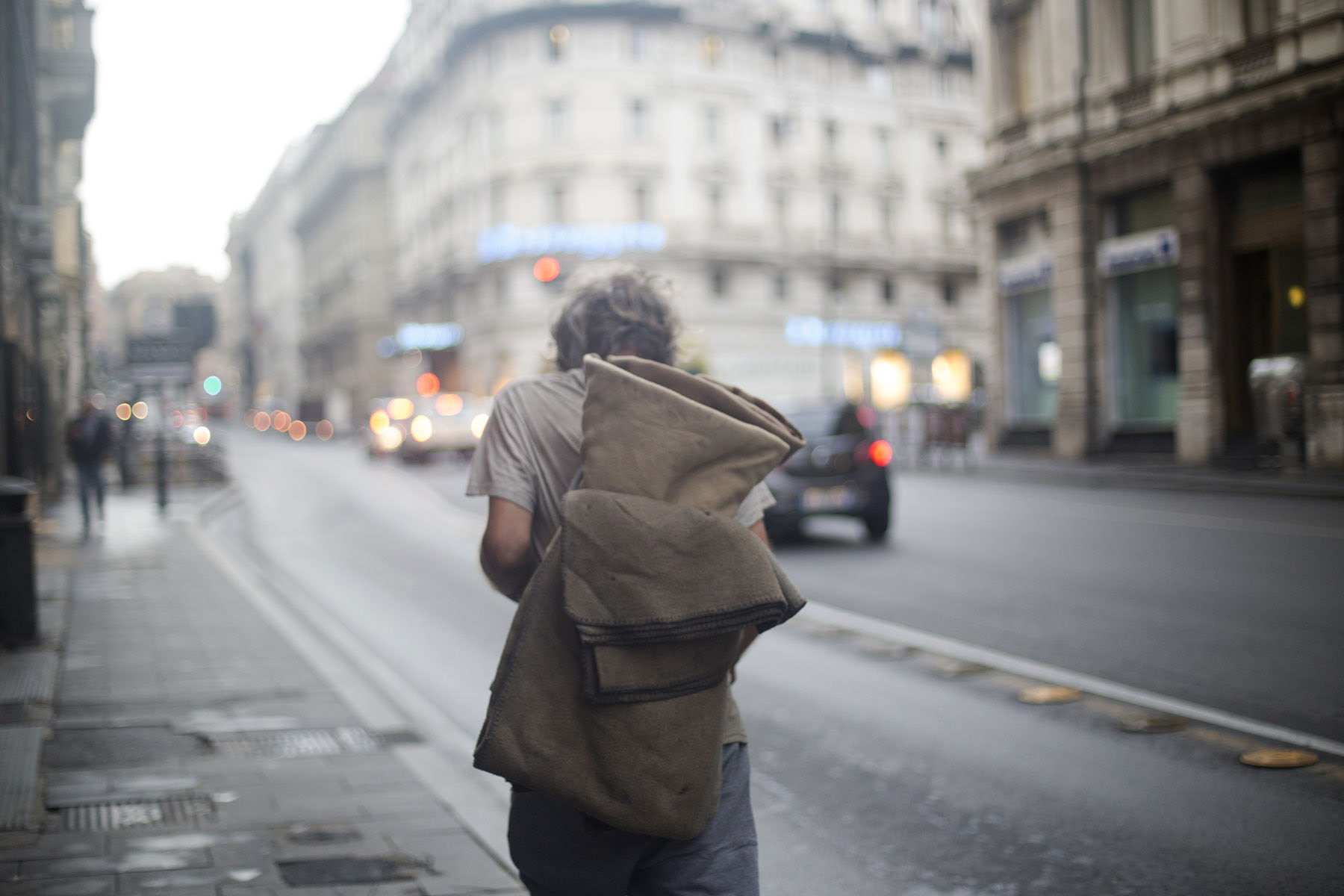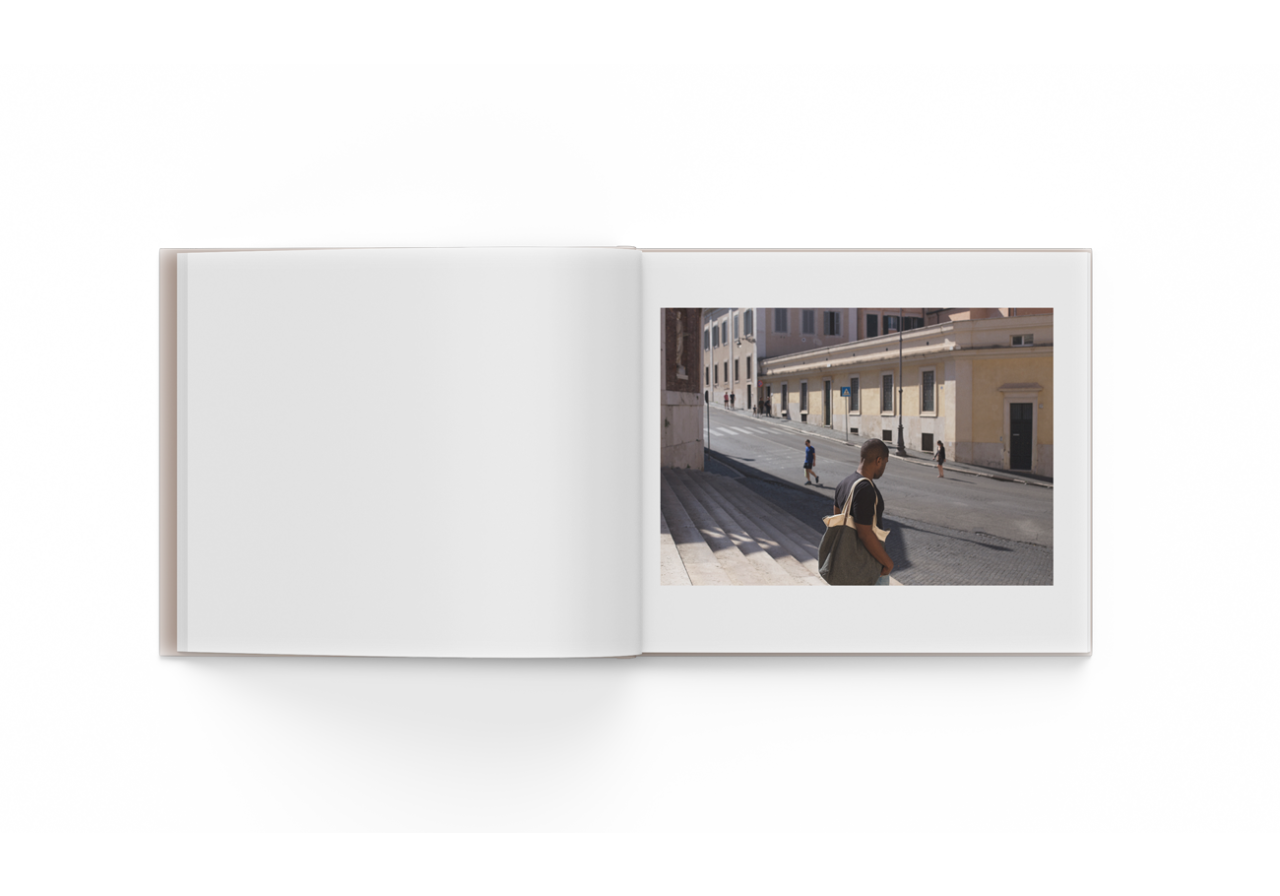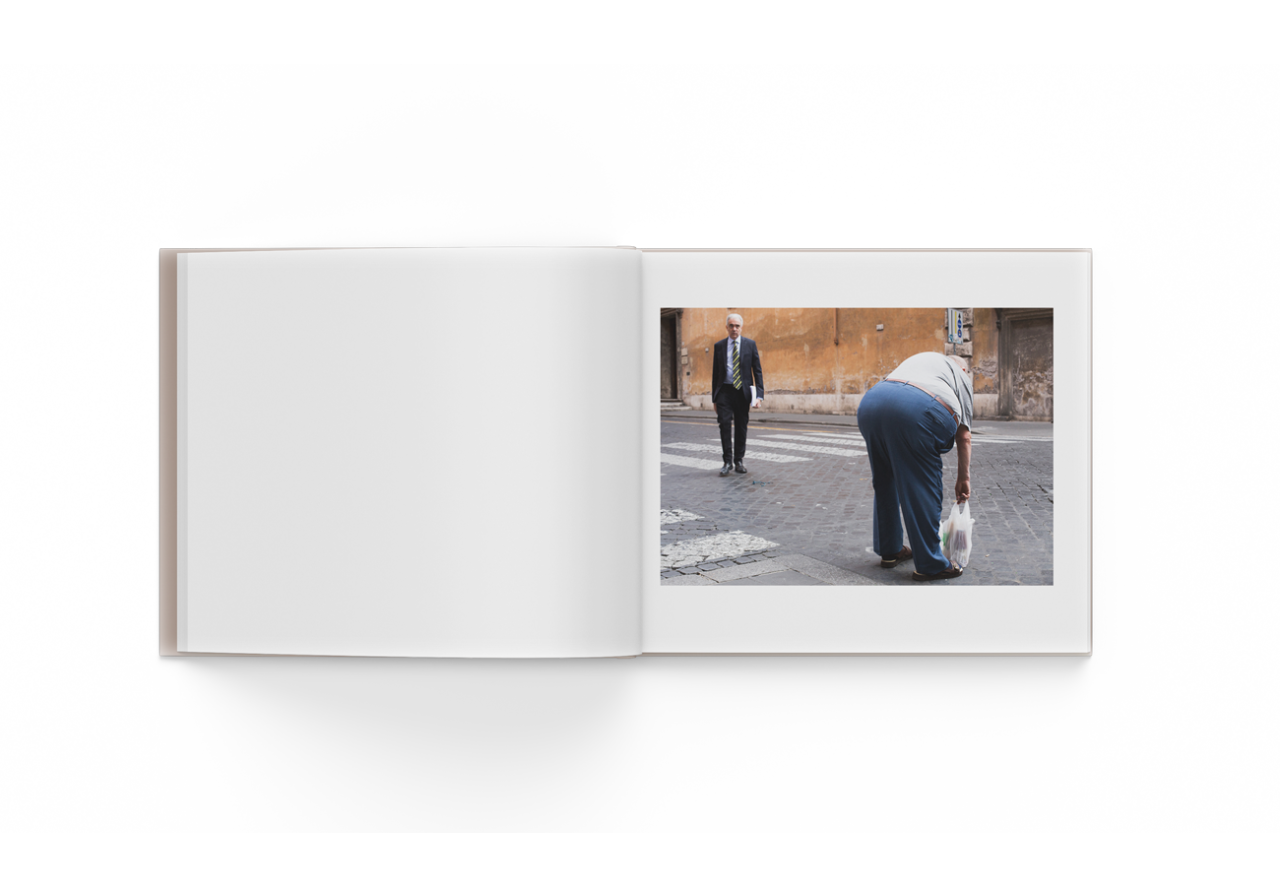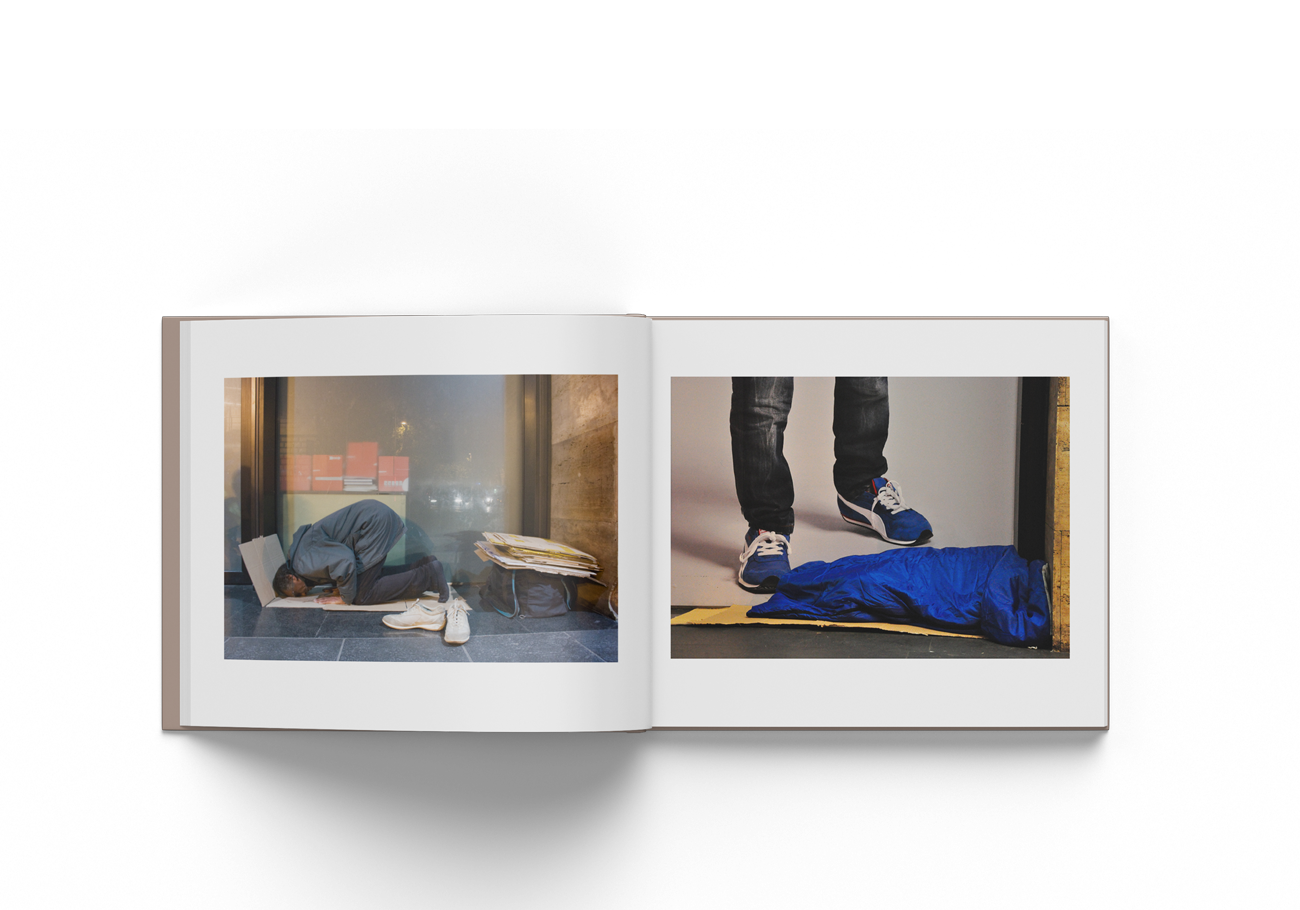
"This was all I had, this image represents two points at the same time, coming and going." With simple words and of rare intensity, the Ivorian photographer Mohamed Keita describes the first photo of his Rome 10/20 project, published by Punctum publishing house, which decided to embark on a crowdfunding project to make it happen. Mohamed Keita talks about himself at a distance from the outskirts of Bamako where for a few weeks he has been working in the Kenè photography school (space in Malian language) which he founded in 2017 to allow children to find new expressive keys.When we ask him why he wants to make this book, he tells us that "you can't always take it", quickly overturning our way of thinking, above all of conceiving an artistic product. Knowing even a drop of Mohamed's life gives us goosebumps and reminds us of the stories that as children we may have read in epic books with the knowledge that since then most of the events narrated had been magnified or falsified over time. to build myths and legends. But as Erri De Luca wrote about migrants, the truth is far beyond certain stereotypes: "We will be servants, children you don't make, our lives will be your adventure novels". What Mohamed experienced is real and is well written in his eyes, on his skin, in his way of framing in the viewfinder.

At the age of fourteen he was forced to leave his homeland during the civil war in which he lost some of his dearest loved ones and it took years to get to Rome where for some time he lived on the street near the Termini station. . Then, thanks to an association that dealt with support programs, he approached photography and slowly things took a new shape. Briefly reporting what he experienced can be limiting and we apologize for it, but we hope that this writing will be only the first of a series of insights to offer him, and us, an opportunity to meet in which we would also like to understand what prompted a young man to even found a photography school in the very land he fled from. But the brave traveler does not stop and responds to every question by raising the stakes. He tells us that many times he would prefer people to relate to him without always putting on him the label of the migrant who has lived through dramatic experiences.
Over time he found his expression in photography by mixing different techniques, from film to digital. But what catches the eye in his images is this African light that he manages to bring even to a place like Rome, warming its shadows in a very personal way like an impressionist painter. Looking at her images, there sometimes seems to be a neorealist influence, with a mixture of grotesque irony towards certain photographed characters that refer to Mayer or Diane Arbus. But Mohamed does not seem to want to judge and from his shots emerges a desire to silently discover a new reality, that of Rome which, as he himself tells us, has welcomed him. In looking at "the new world" he never stops telling himself and thinking about himself on the way. One feels the urge to ask him a thousand questions and despite his young age one has the feeling of being in front of an old wise man whose open answers make it clear that what we had asked to know his secrets was nothing more than a key to discovering ourselves.

The book Roma 10/20 opens with a nocturnal image and then continues on a long stroll around the Eternal City. The light of a flash illuminates a plastic bag with perhaps some clothes inside, above this a black folder, underneath everything to isolate a makeshift bed made of cardboard from the cold floor. We can imagine our photographer just before resting, that he was instead about to set out or that he had simply begun to experiment through the cyclopean eye of his new travel companion. In any case, this photograph comes to us like a mirror of clear water, putting us in front of the story of Mohamed in an instant and perhaps also ours. In a time when we have come to eagerly photograph everything that happens to us to show it shamelessly on a social network with the anxiety of being seen by as many people as possible, Mohamed's generosity is a precious balm that makes us wonder: Ed What would I photograph if I had to show “everything I own” right now?





Mohamed Keita, Rome 10/20
Hardcover, 30 x 24 cm, 64 pages | Punctum Press | ISBN: 978-88-95410-46-3
Designed and made by Nicola Veccia Scavalli